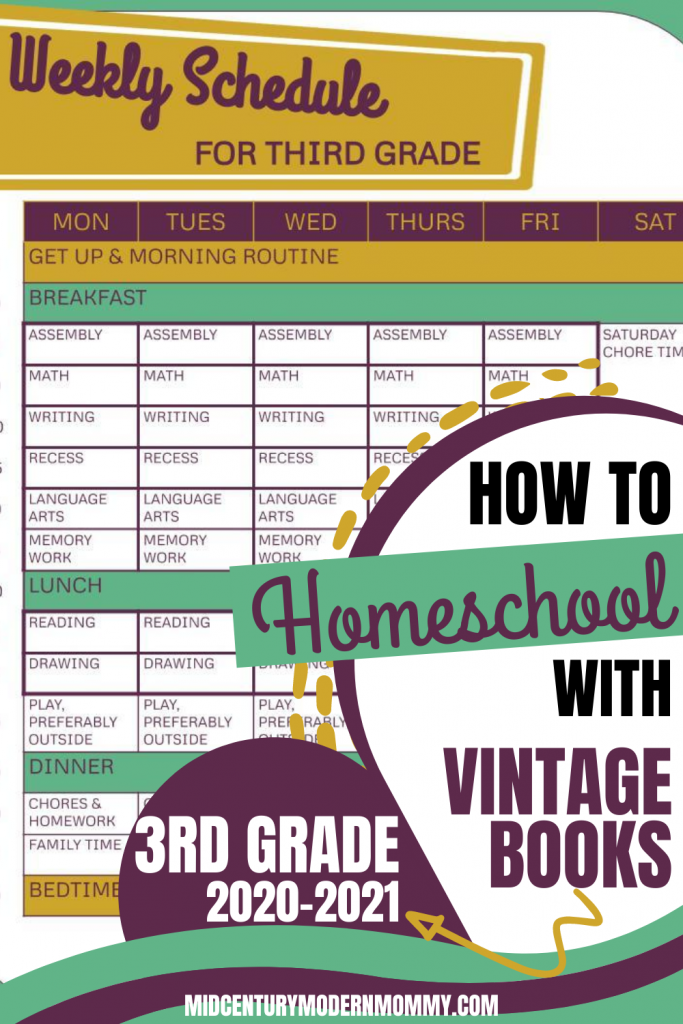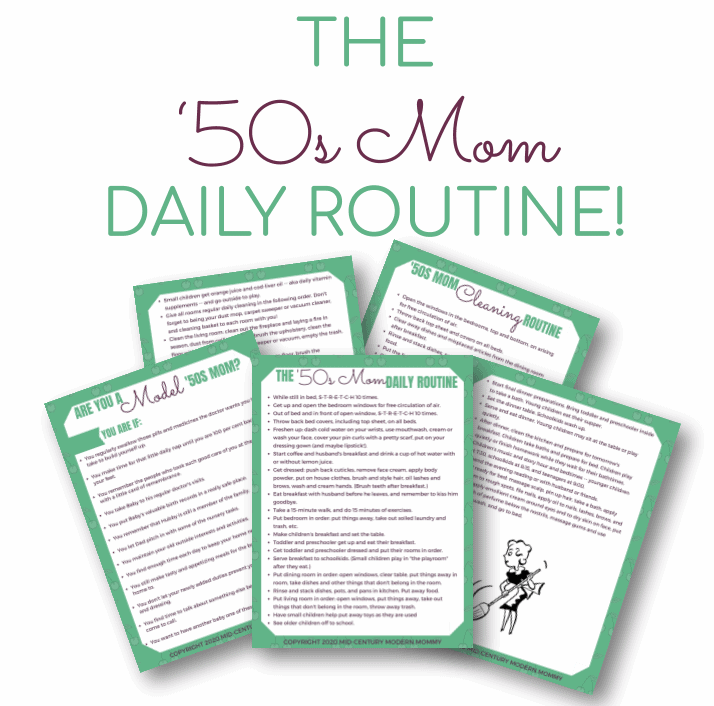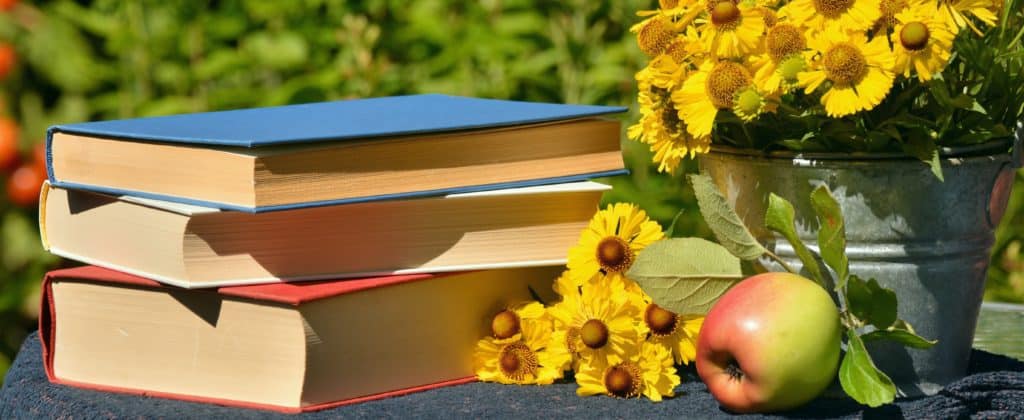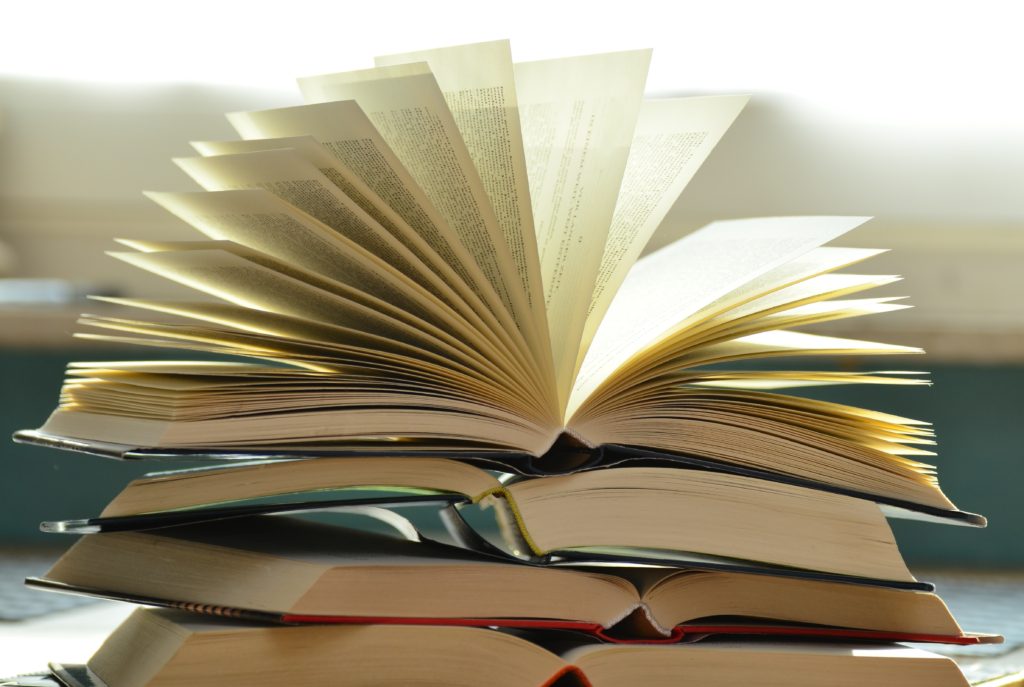This post contains affiliate links. If you click a link and make a purchase, I may receive, at no additional cost to you, a small commission. Find out more on my Disclosures page, and thank you so much for your support!
3rd Grade! So just how do you homeschool using vintage books for 3rd grade?
By now your child should be fluent in reading, cursive writing, and ALL the addition, subtraction, multiplication, and division facts. 3rd grade means sharpening those skills — daily practice of the times tables, daily practice of cursive, and daily practice of reading above and at your level, until all of those processes are automatic.
It also means adding new skills: understanding how to write a sentence properly, learning long division, and learning to draw the United States of America.
My Curriculum Choices for 3rd Grade 2020-2021
- My home library
- Vintage educational posters and flashcards
- Vocabulary flashcards
- Identification and word posters
- Maps
- Robinson Curriculum
- Dollar Homeschool
- Little House series by Laura Ingalls Wilder
- The Golden Book of Poetry
- Religious resources to fit your family’s needs
3rd Grade Schedule for 2020-2021
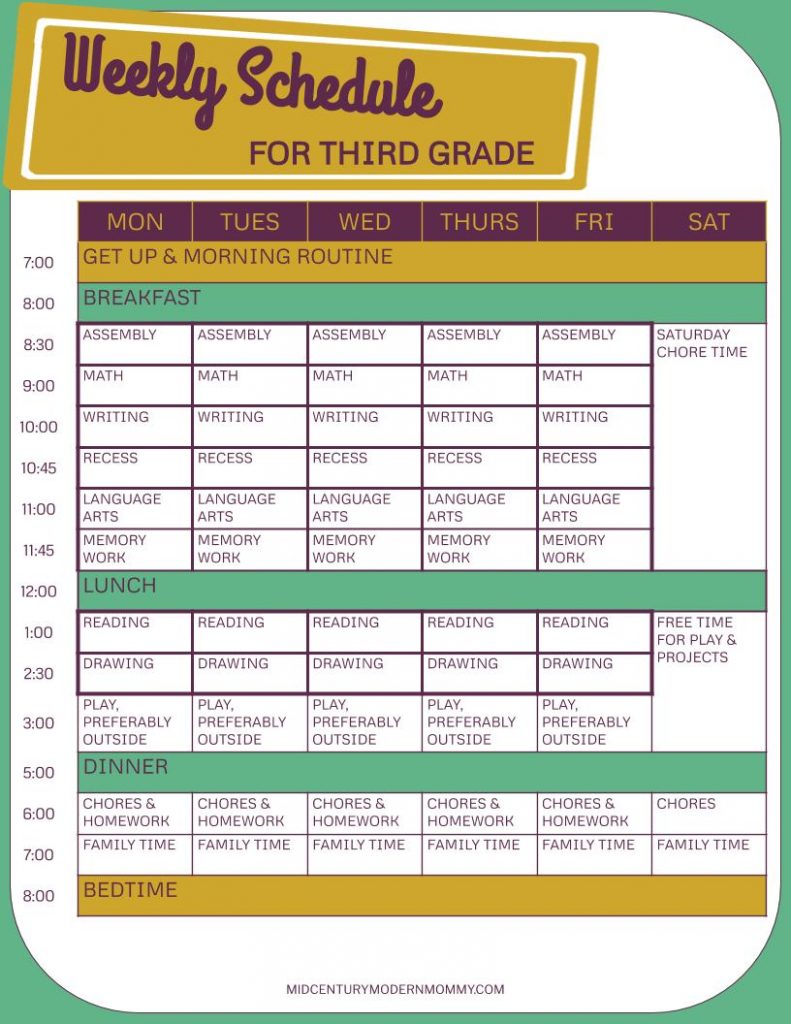
Teaching Assembly
This is exactly the same for everyone every day. Everyone participates. I have a different child lead each week, in rotation.
- Pledge of Allegiance
- Psalm 23
- Sing the weekly hymn
- Read the daily Bible story
- Talk about the day (traditions, liturgy, saints)
- Pray
If you aren’t sure how to get started with this, you can Google “morning basket” to find a lot of ideas. It really is easy to get started.
Teaching Math
In 3rd grade, math, not copywork, begins the day. My students finish Ray’s Primary Arithmetic in 2nd grade. So, starting this year they have a choice to go on with Ray’s or to start with Saxon 54 and go to the end of that series.
The most important thing in the early years is to become fluent in arithmetic — addition, subtraction, multiplication, division, fractions (including decimal fractions!). So, whether they start Saxon or continue with Ray’s they need to have mastered their math facts, and for the next year or two, math time starts with writing down the times tables. Every. Day.
Fluency in math facts is like phonics for reading. And the math rules are like spelling or punctuation rules. This is the time to over-learn those things, just like in language arts.
Teaching Writing
In 3rd grade, the child is still copying from great works. But the time is shifted to after math. The time has come that copying long passages in cursive is easy, and wrestling with math is harder. Therefore, math requiers the best part of the learning day.
After writing is recess. I provide balls, jump ropes, and chalk. And I encourage old-fashioned play, such as jumping rope or playing tag or hopscotch.
Teaching Language Arts
Language arts in 3rd grade means learning to write a complete sentence. The student has learned to copy long passages in good cursive and has mastered the 70 phonograms and the 30 spelling rules of English.
At the end of 2nd grade, the student has completed McGuffey’s First Reader, and is partially through McGuffey’s Progressive Speller and Long’s New Language Exercises I. This year, she’ll be using McGuffey’s Second Reader, McGuffey’s Progressive Speller, Long’s New Language Exercises I, and beginning Harvey’s Elementary Grammar and the Robinson Curriculum vocabulary.
I assign about one lesson from each of these books every week, and the student works on the same lessons all week. I also assign one vocabulary set each week. Once he’s worked on the vocabulary packet for a week, the vocabulary flashcards go into the daily memory work practice.
Teaching Memory Work
By 3rd grade, the student is memorizing pieces for recitation, vocabulary from literature, geography, and science, and grammar rules. Spelling rules, phonograms, the 1000 most common words, simple prayers and scriptures, and a basic religious catechism have all been learned. (All religions have a basic catechism and a few basic scriptures, even adherents of atheistic socioevolutionary philosophy like Richard Dawkins.)
Teaching Reading
By now, I expect my children to be fluent readers. And this is where the Robinson Curriculum really begins to shine. I use the entire RC booklist, exactly as written, except for additions that contain core cultural knowledge that I want my kids to have.
For example, because I remove the McGuffey’s readers from the booklist order so that I can use them for language arts, I add 1940s and 1950s readers, like Dick and Jane or Centreville, to replace them.
For 3rd grade, I add Barnes’ History of America and Andrew Lang’s Fairy Books to the reading list. I also add On the Banks of Plum Creek and Farmer Boy by Laura Ingalls Wilder.
Rather than do art study, I try to include beautiful works of art in the books that we read. Illustrations from the golden age of illustration, fine engravings, and beautiful paintings all help to instill a sense of beauty.
Teaching Drawing
Drawing shifts to copying maps. Begin with copying the United States (or whatever country you live in with its internal divisions). Start with tracing every day, then move to copying, and finally drawing freehand. Once you can draw the map freehand every time, begin adding labeling the states, locating the capitals, and adding natural features.
Repeat the process over the years with each continent and eventually the whole world. After a while, you’ll probably be able to skip tracing entirely, but try to get to the point where the student can draw,freehand, and label the entire world map — and find all the corresponding locations on a globe.
Daily Living
Beginning in 3rd grade, my children get formal instruction in domestic and industrial arts. Since my 3rd grader is a girl, she’s getting a set of vintage books, written for little girls, on cooking, cleaning, and needlework.
Handwork isn’t part of the curriculum after 2nd grade, but I expect them to work on projects, learn new skills, do chores, and play independently. They also start learning to dance, and the appropriate etiquette to use with peers, in addition to adults.
Are You Starting 3rd Grade This Year?
Check out my homeschool schedules, or you can sign up for my newsletter and get my 1950s Mom Schedule free. And if you found this article helpful, please Pin and share, so others can find it, too!
